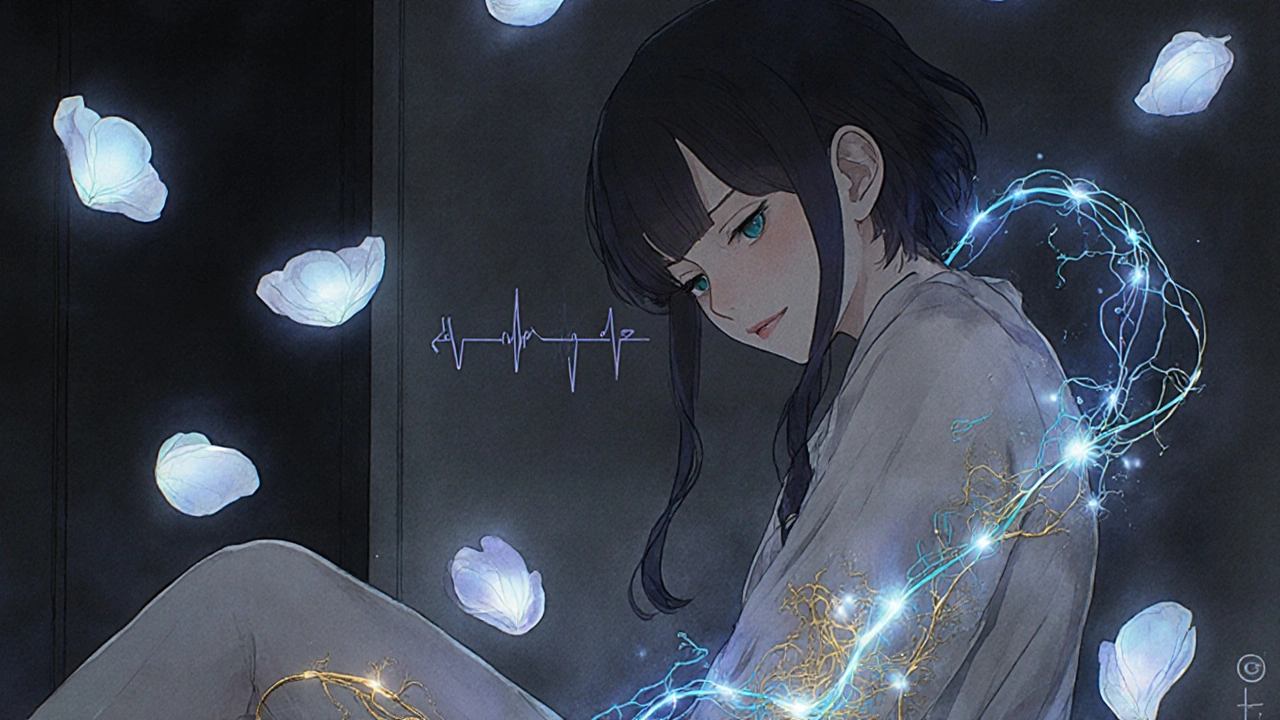Tricyclic Antidepressants: What They Are, How They Work, and What You Need to Know
When you hear tricyclic antidepressants, a class of prescription medications originally developed in the 1950s to treat depression by balancing brain chemicals. Also known as TCAs, they were the first real breakthrough in treating clinical depression — and even today, they’re still used when newer drugs don’t work. Unlike SSRIs, which mostly target serotonin, tricyclics hit both serotonin and norepinephrine, which is why they sometimes help with pain, anxiety, and sleep issues too.
They’re not the first choice anymore because of their side effects — dry mouth, dizziness, weight gain, and sometimes heart rhythm changes. But for people who’ve tried multiple antidepressants and still struggle, TCAs can be the missing piece. Doctors often turn to them for treatment-resistant depression, nerve pain like diabetic neuropathy, or chronic migraines. Amitriptyline, one of the most common tricyclics, is often prescribed at low doses for pain rather than depression. Nortriptyline, a metabolite of amitriptyline, is usually better tolerated and still widely used. These aren’t magic pills — they take weeks to kick in, and stopping them cold can cause withdrawal. But for some, they’re the only thing that brings real relief.
What you won’t find in most drug ads is how these meds actually fit into real life. People use them while managing other conditions — like diabetes or heart disease — and that changes the game. They interact with common meds like blood pressure pills and painkillers. That’s why the posts below cover everything from how to spot dangerous side effects to how to switch safely if one isn’t working. You’ll see real examples of people dealing with fatigue, weight gain, or heart concerns while on these drugs. And you’ll find comparisons with newer options, so you know when a TCA makes sense — and when it doesn’t.

